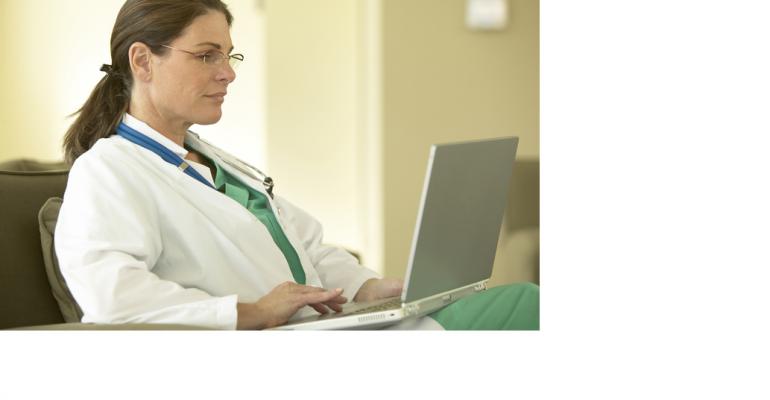An early-December article in Harvard Business Review provides a very useful analysis for planners of medical conferences—a granular look at the challenges in providing the best educational experience for healthcare professionals through virtual means, along with possible remedies for those challenges.
Using the Scoliosis Research Society’s two annual events as their proving ground, four prominent surgeons and a medical society’s executive director address various issues related to content delivery and maintaining attendee engagement. One content-delivery example: how to train “procedural subspecialists who depend on live courses that use cadaver or simulation exercises to maintain their skills and learn new techniques.” The authors discuss the benefits of ever-improving virtual reality and 3D simulations used online, which then allows for shorter in-person events where trainees gain full proficiency through hands-on work.
The article also talks about how research collaborations can actually be made stronger via the virtual medium, given the ability for participants to get together more easily. It also points out that younger practitioners and students tend to be more engaged during virtual meetings because the environment for Q&A and small-group discussion is less intimidating online versus in person.
And for experienced HCPs, engagement in the virtual medium requires a few things, including sessions lasting one hour or less and conducted within normal business hours for as many attendees as possible. This effort should be complemented by the recording of sessions and their Q&A periods so both the presentation and audience interaction can be viewed on demand shortly afterward.
This article in HBR provides many other useful observations from the five practitioners of medicine and meetings who collaborated to write it.





